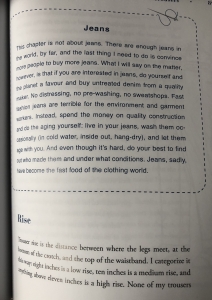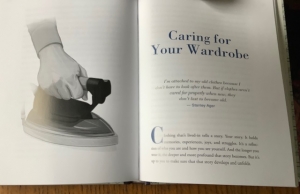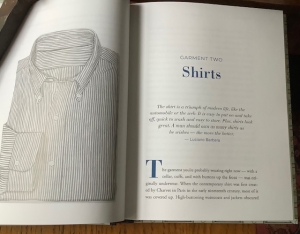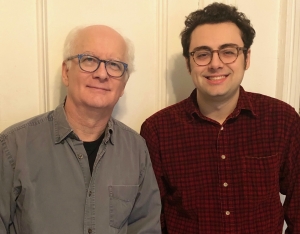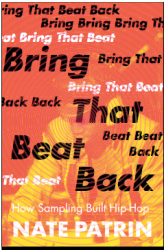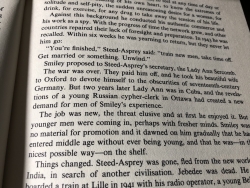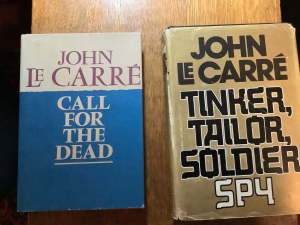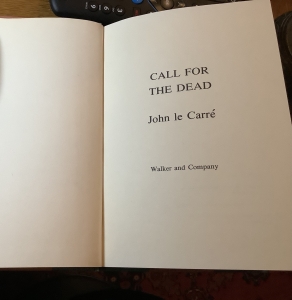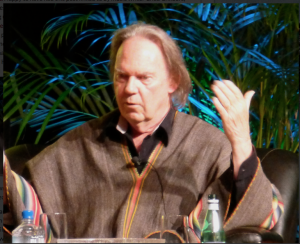Soon to be Published: “Ten Garments Every Man Should Own” by Pedro Mendes
 I am delighted to share word that a book I sold to Dundurn Press in October 2019, Ten Garments Every Man Should Own: A Practical Guide to Building a Permanent Wardrobe by Toronto mens’ style writer Pedro Mendes, is now a printed book and it will be published in North America next month, March 2021. I’m showing the handsome cover in this post and some of the interior pages.
I am delighted to share word that a book I sold to Dundurn Press in October 2019, Ten Garments Every Man Should Own: A Practical Guide to Building a Permanent Wardrobe by Toronto mens’ style writer Pedro Mendes, is now a printed book and it will be published in North America next month, March 2021. I’m showing the handsome cover in this post and some of the interior pages. 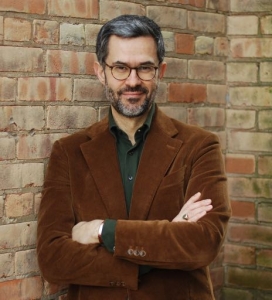
It’s a practical guide to dressing better by building a classic, sustainable, and ethically minded wardrobe, focused on quality garments, rather than items that have to be replaced after barely a season of wear. Each chapter covers an essential piece: shirt, jacket, hat, leather shoes, and more, plus useful information on caring for a wardrobe. Mendes gives you the facts about what makes a garment worth investing in and owning—how it’s made, how it fits, and how it makes you look. The book is illustrated with precise line drawings, so you can really see the different elements of a garment.
Dundurn’s web page for the book includes this lovely blurb: “If the journey to a conscious closet begins with a single step, the first step is reading this book. Mendes has many lessons to impart about the difference between style and fad fashion, and to get there he asks both the practical and philosophical questions. Ten Garments Every Man Should Own ends up being more than sartorial advice to spruce up your wardrobe—it’s a guide to introspection.”—Nathalie Atkinson, arts and culture journalist and former fashion critic
I know most of us are lounging about in just about any old clothes these days amid the pandemic, but Pedro’s message of dressing with a higher degree of thoughtfulness is a valuable one. It’s an environmentally conscious menswear book, with a focus on sustainably-produced clothing, and owning clothes you keep for a long time, instead of discarding after just a season or two. The book is also handsomely designed, as you’ll see from the cover and shots of pages from it I’ve posted here. If you need to buy a birthday gift, or something for Father’s Day later this year, this could be just what you need.
I first met Pedro when I visited Toronto some years ago and toured the headquarters of the Canadian Broadcasting Corporation (CBC), where he then worked as a producer for CBC Radio 3, the national broadcaster’s outpost for Canadian rock n’ roll. Pedro led a number of indie music fans on a tour of the CBC building. He later left CBC and launched his career as a freelance writer on mens’ style. I’ve blogged often about CBC Radio 3, now shuttered, on my other blog Honourary Canadian. I am developing books with Canadian musicians, as well. We had a coffee that week and I soon after signed him to be a client of my literary agency. His Instagram handle is @pedro.mendes.hogtown, and he blogs on mens’ style at The Hogtown Rake. 